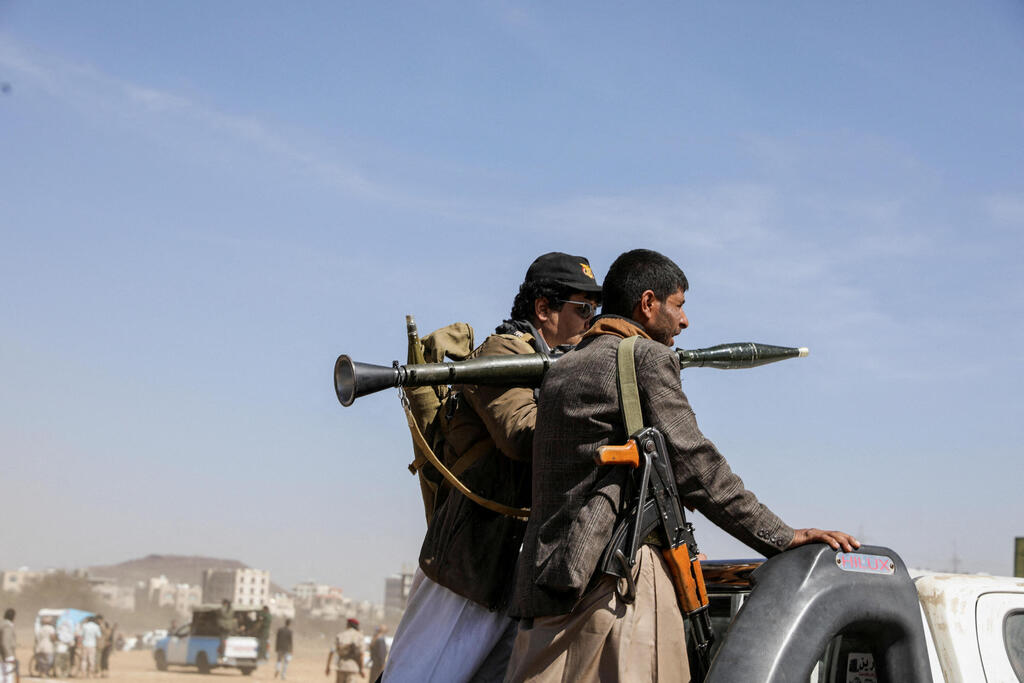"Iran had no part in the decision to attack Tel Aviv. We informed them afterward." This statement came from Nasr al-Din Amer, a Houthi spokesperson, on Friday, just hours after a drone exploded at the intersection of Ben Yehuda Street and Shalom Aleichem, near the U.S. Embassy representation in the city. The explosion tragically killed Yevgeny Freder and lightly injured nine others. Buildings in the vicinity suffered damage, with many windows shattered.
The drone hitting Tel Aviv
According to IDF Spokesperson Rear Admiral Daniel Hagari, the drone that detonated was likely an upgraded Samad 3. The original Samad 3 has a range of up to about 1,120 miles, which is insufficient to reach Tel Aviv from Yemen based on the presumed route through Sinai and over the Mediterranean.
The Houthis claimed it was a new drone, named "Jaffa," but Israeli sources maintained it was, at most, an enhanced version of the Samad 3. Amer asserted the drone was "equipped with technologies that make it difficult to detect." Weapon experts quoted in the New York Times confirmed it appeared to be a Samad 3, possibly painted in darker colors to evade air defenses and equipped with a larger fuel tank and engine to reach Tel Aviv.
The initial investigation by the Air Force revealed that the drone was actually detected en route to Israel. However, due to human error by a controller in the Air Force's long-range detection array, it was not identified as a hostile target. Consequently, no fighter jets were dispatched, and it was not intercepted far from Israel's borders, unlike another drone that was intercepted from the east the previous night. This is also why no warning was issued to Tel Aviv residents.
1 View gallery


Houthi fighters during a parade in support of Palestinians
(Photo: Khaled Abdullah / Reuters )
Jeremy Binnie, a weapons analyst described as an expert on the Samad drone, stated in American media that the pictures showing the drone's remains suggested it was quite ordinary. "They probably just made it larger," he said. According to him, there was nothing to indicate that the Houthis turned it into a stealth drone, contrary to their claims.
Another weapons expert, Ibrahim Jalal, noted that the drone indeed appeared darker than the original. He suggested it might have been constructed from carbon materials used by Iran in some of its equipment to make radar detection more difficult. "If it indeed went undetected, it is an intriguing development not only for the Houthis but for the entire Iranian 'resistance axis,' from Hezbollah to others. This capability can simply be transferred," he said.



